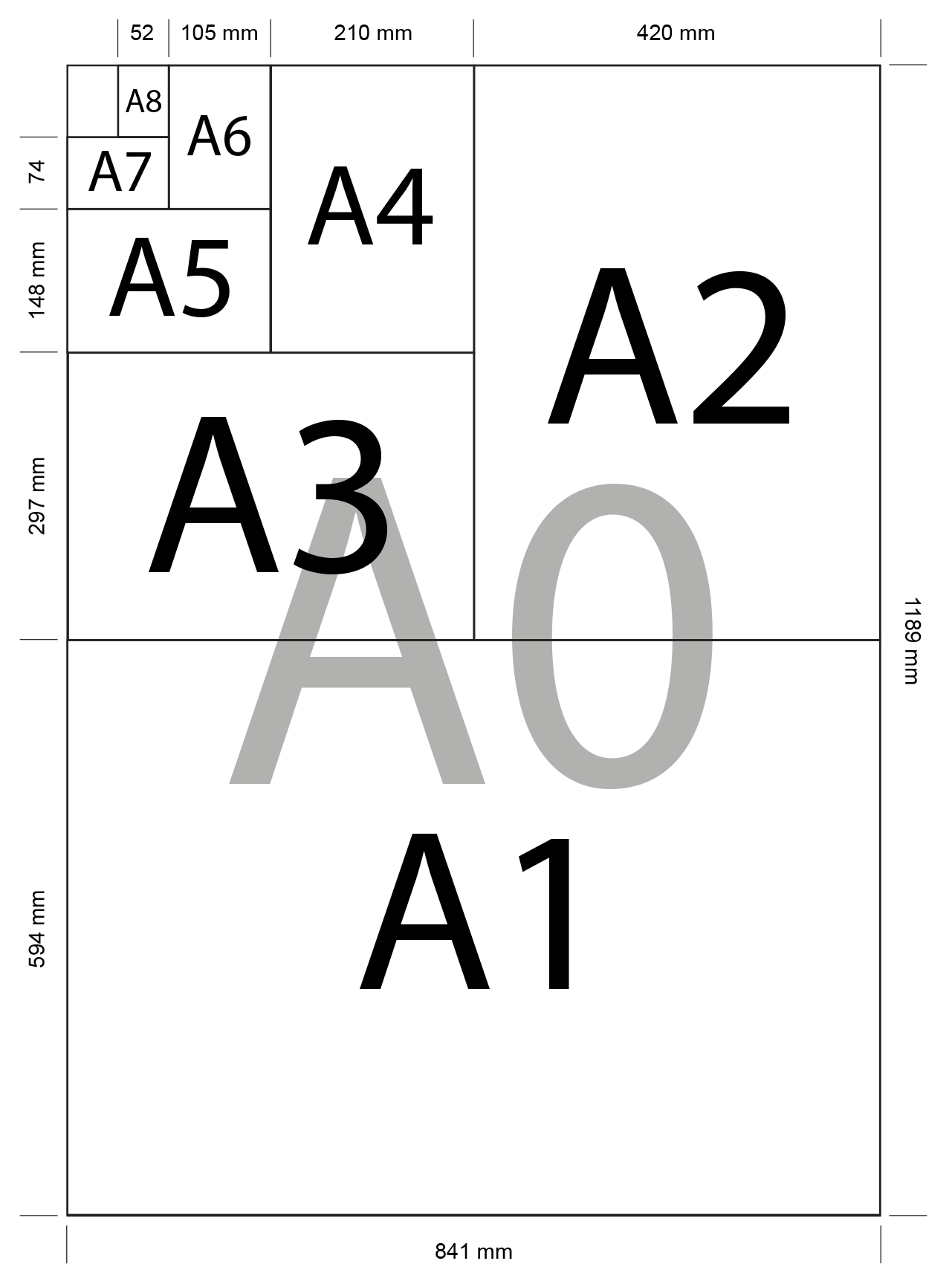

Always think about whether you really need to use paper. Digital first!
Ghent University has an explicit preference for:
E.g. use brands such as ‘Circle Premium White’, 'Nautilus' or ‘Cocoon’ (if available). These paper brands are available for offset or digital printing (at a professional printing house) and are also suitable for laser and digital printers. They are used in the Ghent University corporate design printed matter: envelopes, greetings cards, Dare to Think magazine, brochures from team Student Councelling, diplomas, ...
Select a thinner or thicker paper according to your needs. A flyer or invitation should be thicker: between 200 and 300 g/m².
References for the ideal thickness, from Ghent University’s range:
Standard formats are usually cheaper.
When sending by post, be aware of bpost specifications: for example, material sent in a C5 format envelope (for A5 printed matter) is more expensive than using an American format envelope.
Current DIN A formats:
